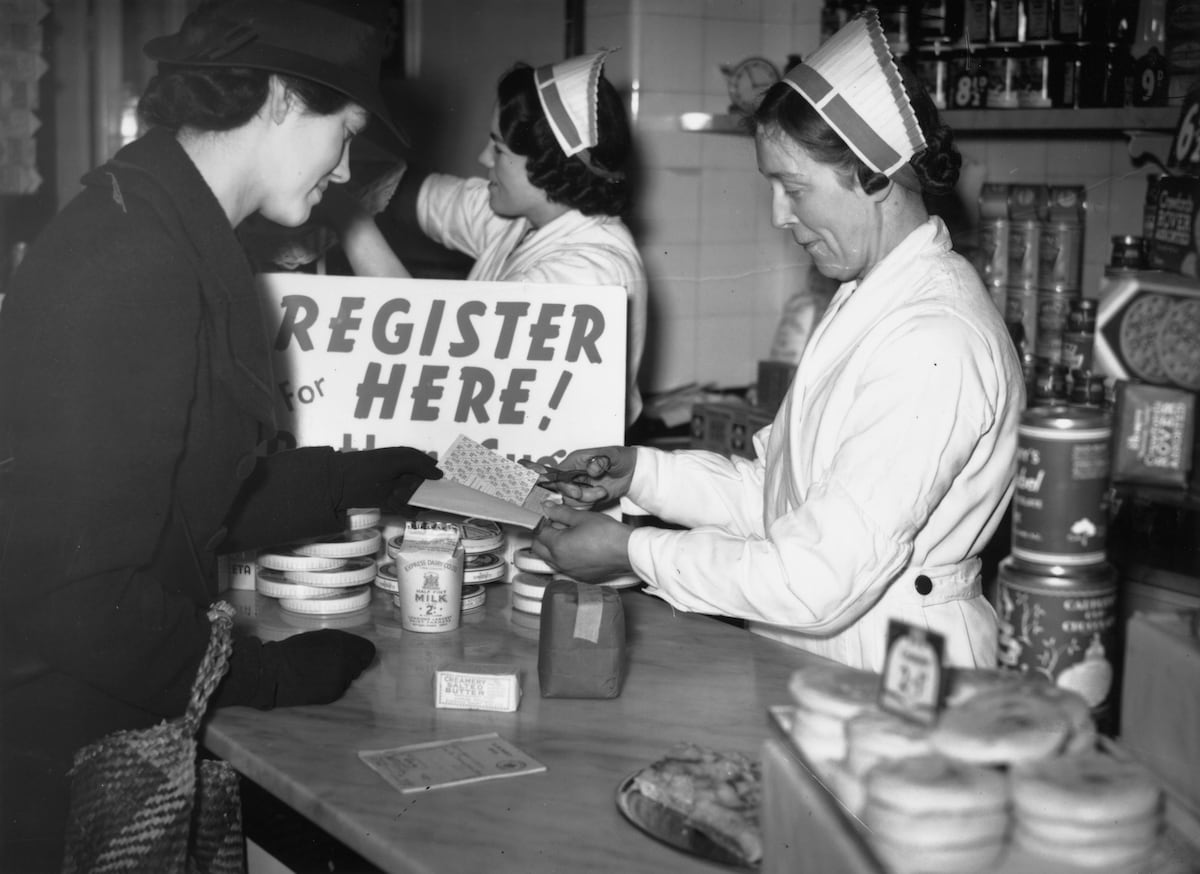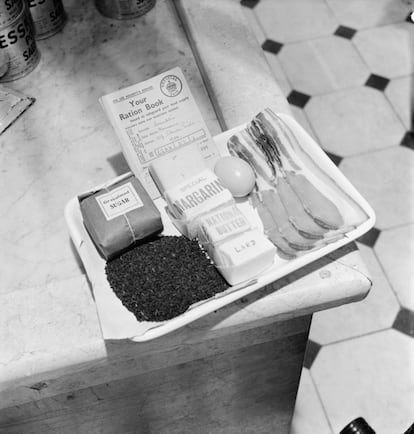Children born under sugar rationing during World War II were healthier adults | Health and Wellness

Dietary guidelines state that children from conception to age two should not consume added sugar. However, pregnant women typically double the recommended percentage of sugar intake, and most children consume some kind of sweetened food or drink daily. Some critics argue that such recommendations are based on poor-quality or too brief studies. To overcome these limitations, a team led by Tadeja Grakner of the University of Southern California used information obtained from a natural experiment that occurred shortly after World War II, when sugar was rationed from the end of the conflict until 1953. from the British diet, including children and pregnant women.
The team used biobank data from 60,183 people born between October 1951 and March 1956, comparing the evolution of the health of those conceived before and after the end of sugar rationing in 1953. During rationing, adults could consume up to 40 grams, half the current average intake, and children under two received nothing. In a study published today in the journal Scienceobserved that over the years, limiting sugar during the first 1000 days of life reduced the lifetime risk of developing diabetes and hypertension by about 35% and 20%, respectively, and delayed the onset of these diseases by about 4 and 2 years. . The protective effect was stronger in those whose sugar exposure was limited both in utero and for several months after birth. The authors estimate that 30% of the reduction in disease risk is attributable to exposure or lack thereof during pregnancy.
Although the work does not demonstrate a cause-and-effect relationship between sugar intake in the first months of life and protection against disease, the observation of an association strengthens the case for recommending limiting sugar intake. The study authors offer possible explanations for their results. On the one hand, as suggested in the hypothesis of the intrauterine origin of adult diseases, regardless of whether the mother consumes sugar or not, the physiological programming of the child may change in the womb. “Our findings on the effects of sugar on the uterus are consistent with animal studies that show that diets high in sugar during pregnancy increase risk factors for type 2 diabetes and hypertension (…) or human studies that show an association between diet and high sugar intake during pregnancy and breastfeeding and the risk of obesity in the child,” write Grakner and colleagues. A second possibility is that the taste of sugar early in life permanently influences our sweet tooth, some research suggests. If this were the case, we should consider the implications of the fact that about 70% of children’s products contain added sugar, whether in drinks, formula or other foods.

One of the difficulties in drawing definitive conclusions about the effects of isolated dietary interventions is that you can’t keep hundreds or thousands of people in a controlled environment for decades, feeding them only what the experimenters want. For this reason, methods are used that approximate reality by comparing the results of observational studies in humans with other, more controlled studies in animals. In this sense, the effect of consuming less sugar in the first months of life was greater in reducing the risk of developing type 2 diabetes in women than in men, with a gender difference also emerging in several animal studies. In addition, sugar rationing has reduced the risk of obesity, which increases the risk of cardiovascular and metabolic diseases and suggests a possible biological explanation for sugar problems.
Grakner believes that “as talk of policies such as a tax on sugar or sugary drinks or regulating added sugar in foods for infants or young children and their marketing intensifies, understanding the direct link between early-life sugar consumption and chronic disease are important.” “Our findings contribute to this debate by linking sugar to health and highlighting the importance of diet in the early years of life to manage the risk of long-term metabolic disease,” he concludes.
The natural experiment in rationing after World War II bears similarities to another experiment that took place in Cuba between 1991 and 1995. Then, during the so-called Special Period, the lack of Soviet aid after the fall of the Red Empire left the Caribbean island in deep crisis. It is said that the Havana baths were used to raise pigs and shelter them. From consuming 3,000 calories per person per day, Cubans went from consuming about 2,200. Against their will, they began to walk or ride bicycles more because there was no fuel to run their cars. Islanders remember that period as fondly as the British remember the post-war period, but according to a study published in the journal British Medical Journal, This radical diet and exercise plan improved the health of Cubans and increased their life expectancy.
This result showed that important changes in habits that have a greater impact on health may not be the result of good individual decisions. “It needs to happen in an environment so that I don’t have to make a decision every time I go out to eat between eating with a lot of salt and eating with a little salt because that’s not going to work,” he explained. Manuel Franco, author of the study. Some epidemiologists, such as Franco, suggest that policies are needed to enforce, at least to some extent, these decisions, as happened with sugar rationing. Another dilemma is whether it is legal for the government to force us to eat healthy, just as it is illegal for us to do heroin or drive 200 without wearing a seat belt.
